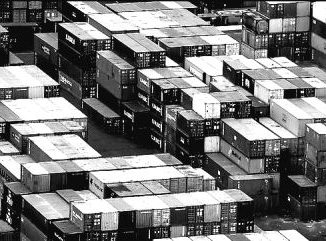
The Composable Systems Wave Is Rising
Hardware is, by its very nature, physical and therefore, unlike software or virtual hardware and software routines encoded by FPGAs, it is the one thing that cannot be easily changed. …

Hardware is, by its very nature, physical and therefore, unlike software or virtual hardware and software routines encoded by FPGAs, it is the one thing that cannot be easily changed. …

The oil and gas industry has been among the most aggressive in pursuing internet of things (IoT), cloud and big data technologies to collect, store, sort and analyze massive amounts of data in both the drilling and refining sectors to improve efficiencies and decision-making capabilities. …

For almost a decade now, the cloud has been pitched as a cost-effective way to bring supercomputing out of the queue and into public IaaS or HPC on-demand environments. …

During the five years that Red Hat has been building out its OpenShift cloud applications platform, much of the focus has been on making it easier to use by customers looking to adapt to an increasingly cloud-centric world for both new and legacy applications. …

Over the last couple of decades, those looking for a cluster management platform faced no shortage of choices. …

It all started with a new twist on an old idea, that of a lightweight software container running inside Linux that would house applications and make them portable. …

When Red Hat began building out its OpenShift cloud application platform more than five years ago, the open source software vendor found itself in a similar situation as others in the growing platform-as-a-service (PaaS) space: they were all using technologies developed in-house because there were no real standards in the industry that could be used to guide them. …

Containers are an extremely mobile, safe and reproducible computing infrastructure that is now ready for production HPC computing. …

Solving problems by the addition of abstractions is a tried and true approach in technology. …

In the server virtualization era, there were a couple of virtual machine formats and hypervisors to match them, and despite the desire for a common VM format, the virtual server stacks got siloed into ESXi, KVM, Xen, and Hyper-V stacks with some spicing of PowerVM, Solaris containers and LDOMs, and VM/ESA partitions sprinkled on. …
All Content Copyright The Next Platform